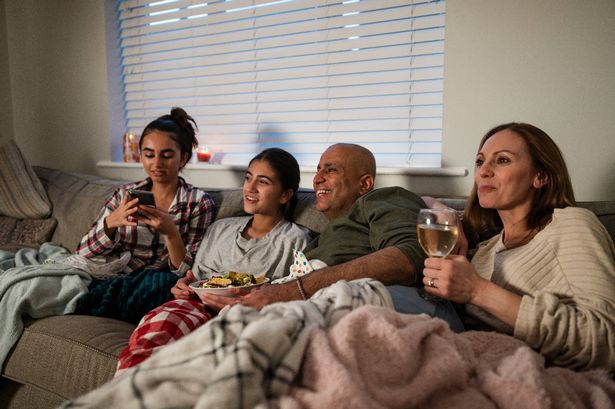A recent poll surveying 2,000 adults has unveiled a generational cinematic gap, highlighting a list of classic films that Gen Z, broadly defined as those born between the mid-1990s and the early 2010s, have largely missed. This list includes iconic movies like “Casino,” “Citizen Kane,” and “Gone with the Wind,” sparking conversations about shifting cultural consumption habits, the accessibility of older films, and the potential for rediscovering cinematic history. While some may lament this disconnect from cinematic heritage, others see it as a natural evolution of viewing preferences in an age saturated with readily available, easily digestible content. This generational divide begs the question: are these classic films simply falling out of favor, or are there other factors at play contributing to Gen Z’s unfamiliarity with these cinematic milestones?
Several factors contribute to this cinematic disconnect. Firstly, the sheer volume of contemporary content available through streaming services, social media, and on-demand platforms creates a competitive landscape where older films struggle for attention. Gen Z has grown up with instant access to a vast library of entertainment, making it less likely they’ll actively seek out older, potentially less visually stimulating, films. Secondly, the way Gen Z consumes media is vastly different from previous generations. Shorter attention spans, fostered by bite-sized content on platforms like TikTok and YouTube, may influence their willingness to engage with longer, more complex narratives. Classic films often require a different pace of viewing and a greater investment of time, potentially posing a challenge for a generation accustomed to rapid-fire entertainment. Finally, the way films are marketed and discussed within online communities and social media plays a significant role in shaping viewing habits. If these classic films aren’t part of the current cultural conversation, they are less likely to be discovered by younger audiences.
The poll’s findings also raise questions about the evolving definition of a “classic” film. While older generations may consider films like “Citizen Kane” and “Gone with the Wind” essential viewing, Gen Z might have a different set of cinematic touchstones. Their “classics” might include films from the late 1990s and 2000s, reflecting the era that shaped their formative years. This shift highlights the dynamic nature of cultural canon and how it’s constantly being redefined by each generation’s unique experiences and influences. What constitutes a “must-see” movie is subjective and influenced by a multitude of factors, including personal preferences, cultural context, and accessibility. It’s important to recognize that the cinematic landscape is constantly evolving, and what was considered essential viewing in the past may not hold the same weight for subsequent generations.
However, the lack of familiarity with these older films doesn’t necessarily imply a lack of appreciation or a dismissal of their artistic merit. Many Gen Z individuals may simply haven’t had the opportunity or the prompting to explore these films. The absence of these titles from their viewing history might stem from a lack of awareness, limited access, or simply not having them recommended within their social circles or online communities. Furthermore, the way these films are presented and discussed can greatly impact their perceived relevance to younger audiences. Modernizing the framing of these classics, emphasizing their enduring themes and relevance to contemporary issues, could bridge the generational gap and spark renewed interest among Gen Z viewers.
This generational difference in viewing habits presents both challenges and opportunities. On the one hand, there’s a risk of losing a shared cultural understanding and appreciation for the artistic innovations and historical context embedded within these classic films. These films offer valuable insights into different eras, social issues, and artistic styles, and their absence from Gen Z’s cultural lexicon could represent a missed opportunity for learning and engagement with cinematic history. On the other hand, this presents an opportunity to reintroduce these films to a new generation, using innovative approaches and engaging platforms to spark their curiosity and appreciation. Film educators, streaming services, and online communities can play a vital role in bridging this gap, making these classic films more accessible and relevant to a younger audience.
Ultimately, the findings of this poll underscore the dynamic nature of cultural transmission and the evolving relationship between generations and their respective cinematic landscapes. While the specific films Gen Z has or hasn’t seen may change over time, the ongoing conversation about the importance of engaging with cinematic history remains crucial. Finding ways to connect younger generations with older films, while also acknowledging and celebrating their own evolving cinematic preferences, is key to fostering a rich and diverse appreciation for the art of filmmaking across generations. This requires a conscious effort to make these films accessible, engaging, and relevant to a modern audience, ensuring that the legacy of these cinematic masterpieces continues to inspire and entertain for generations to come.














